IBC Quiz #182
05/12/2025

Vamshi Krishna
Class 8
Dolphins Delhi Public school

Munirathnamma
Class 8
Vidya Jothi School

Ritika kumari
Class 4
New age high school

Nandini Nayaka. N
Class 8
G R International public school
Parikshith.j
Class 8
Ksvk international school

Pavan
Class 8
Sri Vasavi Vidya samsthe sira

Dhruv Anoop Menon
Class 4
Sishu Griha Senior School

Harsha M
Class 8
Thyagaraju central school
Venkat
Class 8
National Public School

Kishor
Class 8
Rotary school Malavally
Note: Quiz prizes will be awarded to ten randomly selected students who submit correct answers before the deadline. Winners will be declared on the website and the weekly newsletter.

.png&w=1080&q=75)
Previous Week Quizzes
IBC Quiz #182
December 05, 2025
A chemical plant uses three vertical storage tanks (Tank A, Tank B and Tank C) to hold the same liquid chemical.
Each tank has:
-
A top temperature sensor
-
A bottom temperature sensor
Because the tanks have different shapes and therefore different volume distributions, the true average temperature cannot be found by simply averaging the two sensor readings.
You are given image-based representations for all three tanks.
Each image shows:
-
The top temperature volume contribution (in litres)
-
The bottom temperature volume contribution (in litres)
The system shows the following average water temperatures:
-
Tank A: 36 °C
-
Tank B: 36 °C
-
Tank C: 25 °C
The overall average temperature of the three tanks is 32 °C.
The engineers now have four possible sets of chemical volume and temperature readings in front of them. Your task is to calculate and identify which option correctly matches the actual total chemical volume and average temperature for the three tanks.

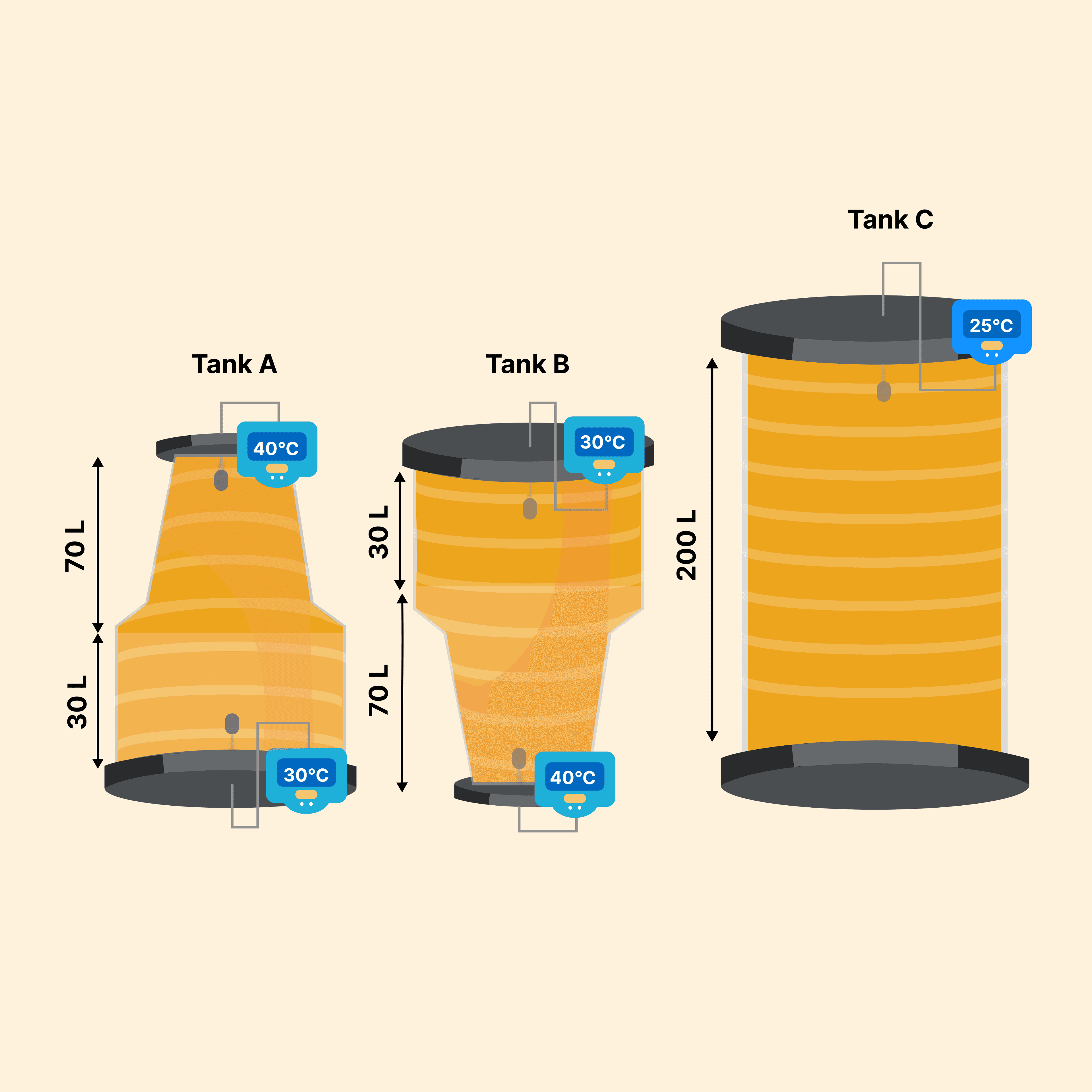
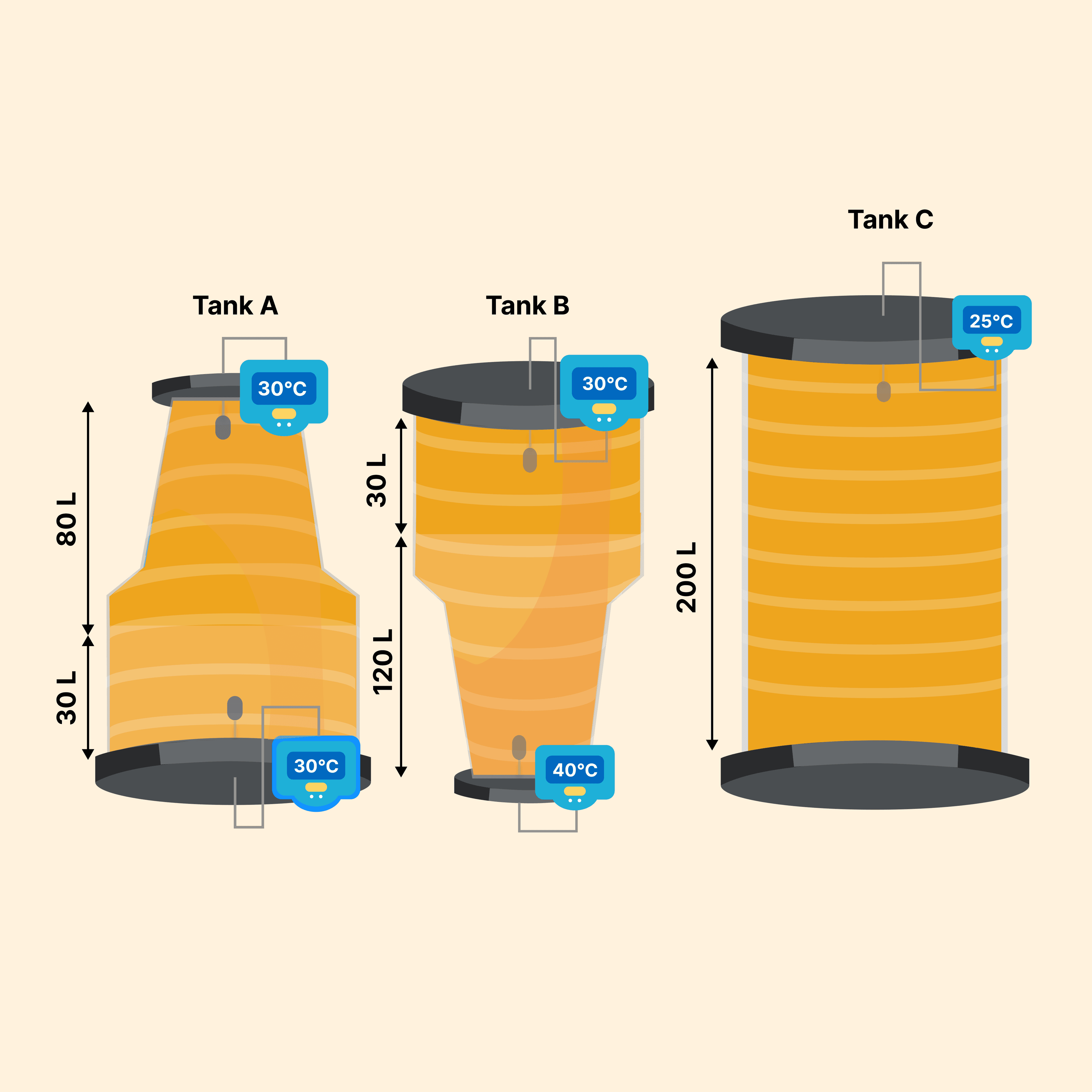
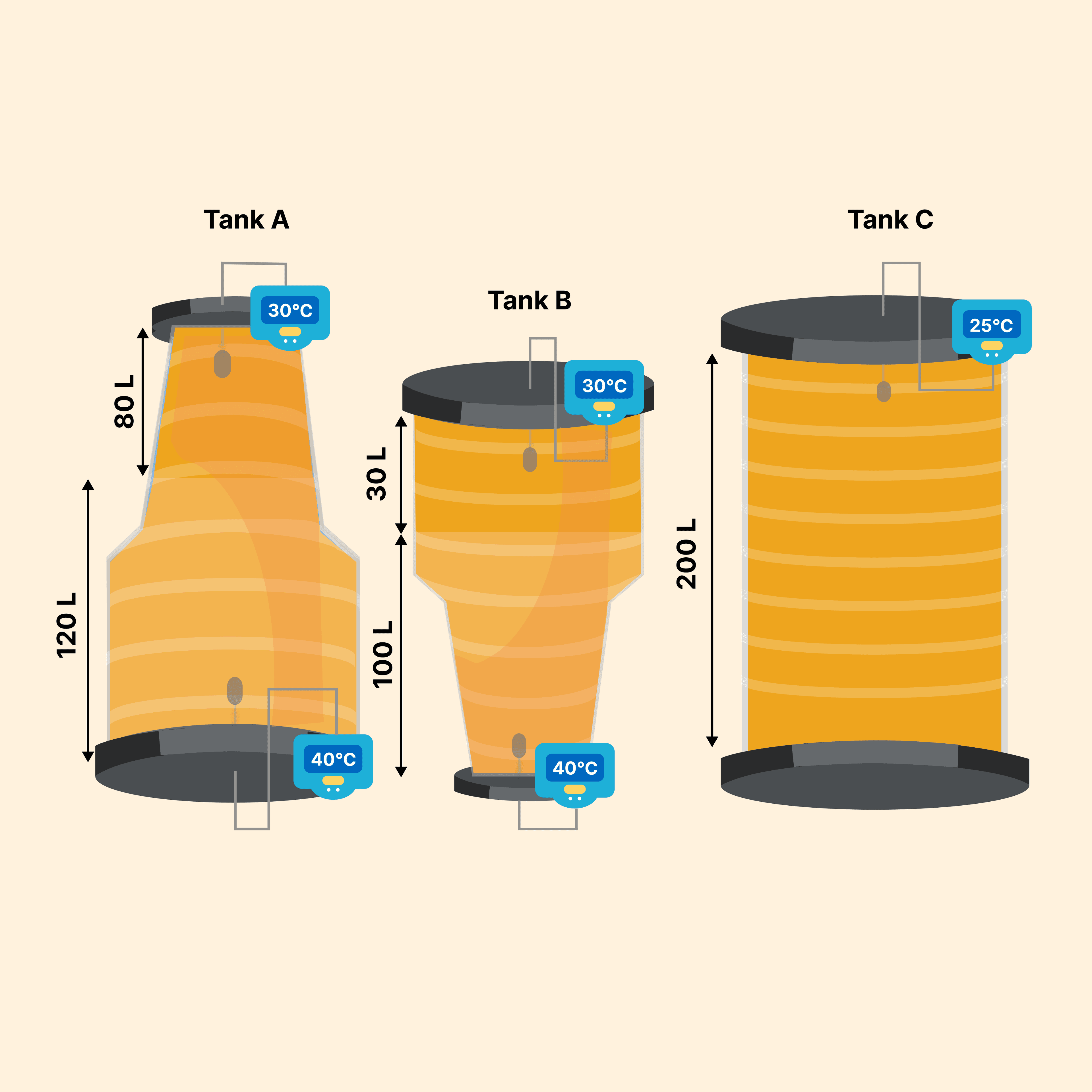
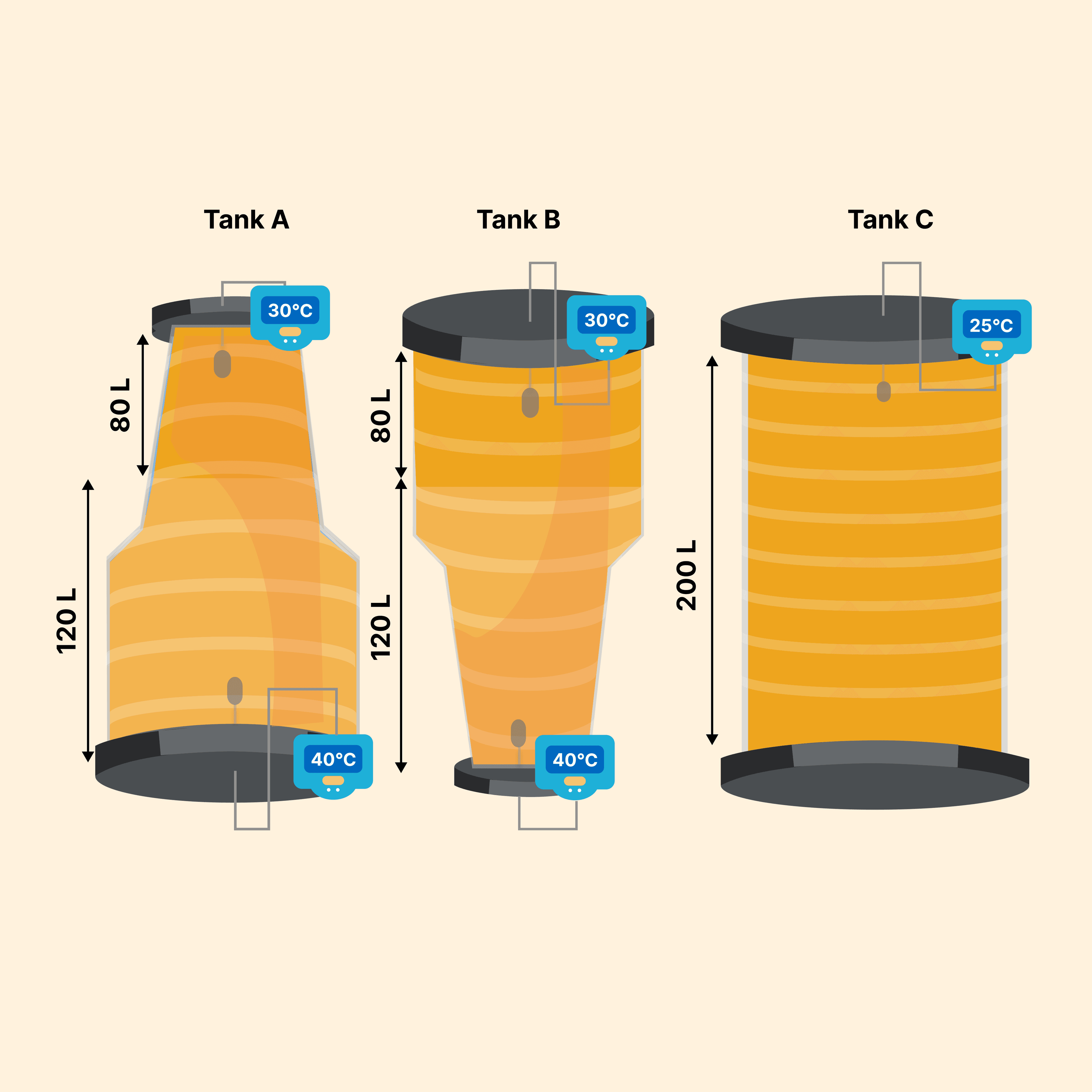
In a chemical storage facility, a tall vertical tank contains a liquid chemical.
Two temperature sensors are installed:
-
At the top: 40°C
-
At the bottom: 30°C
-
A junior engineer estimates the average temperature as 35°C
-
But the display shows the average temperature as 34°C
Hint: Don’t treat all temperature readings equally — some parts of the tank contain more litres than others. When calculating the average temperature, the sections with a larger volume should have a greater influence on the result. Therefore, multiply each temperature by its corresponding volume first, and then consider how to combine them.
Based on the tank's shape, which image best represents the true average temperature behaviour of the entire tank?

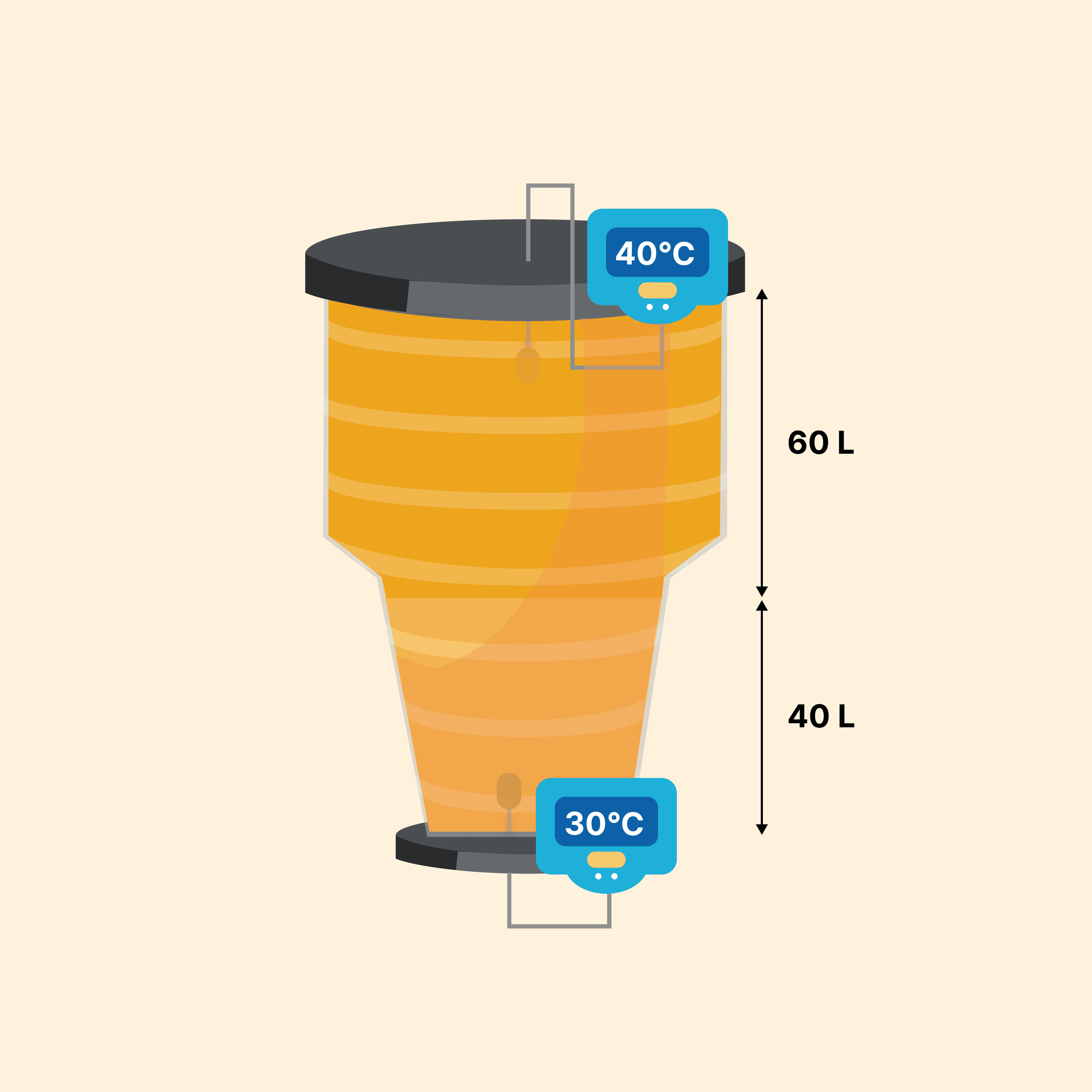
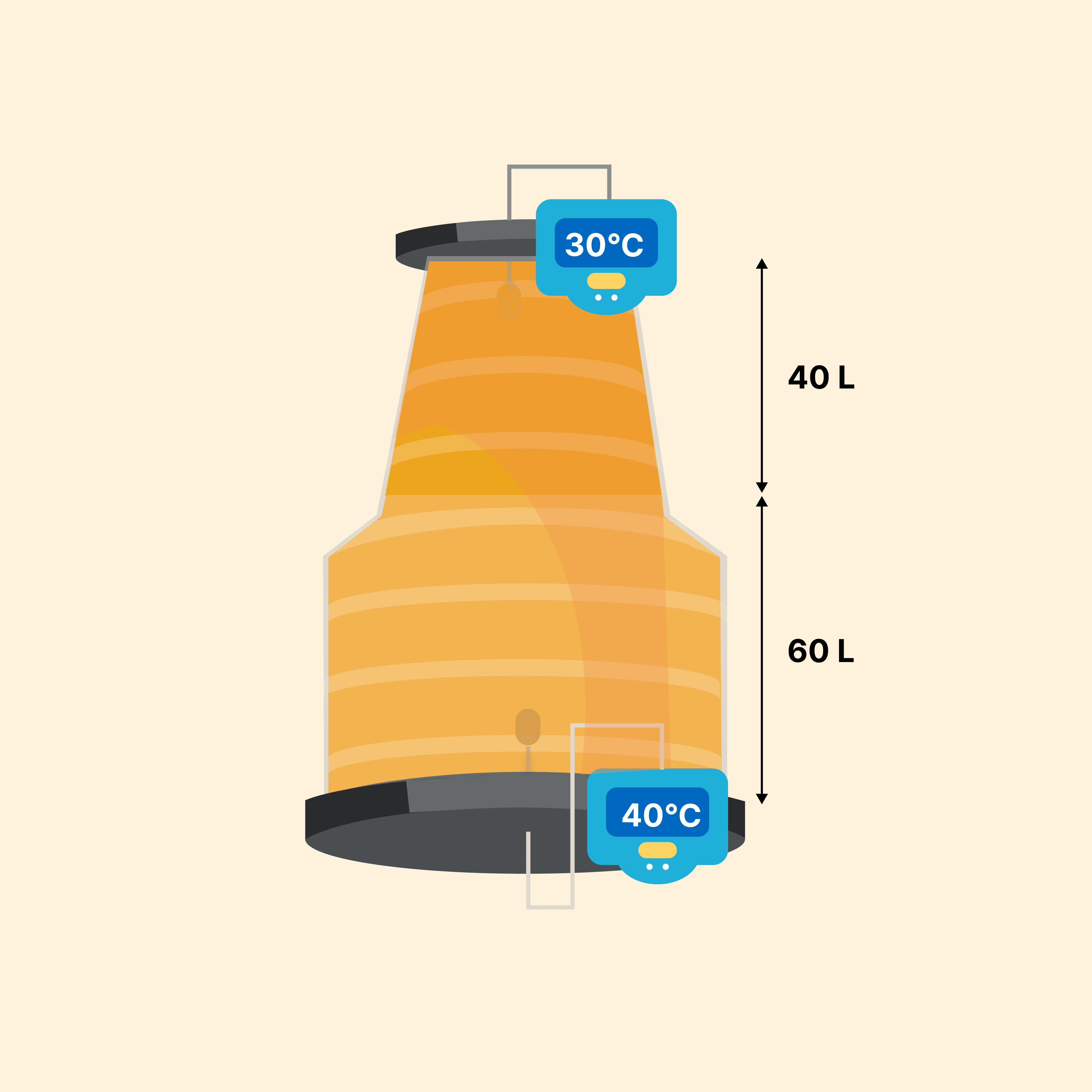

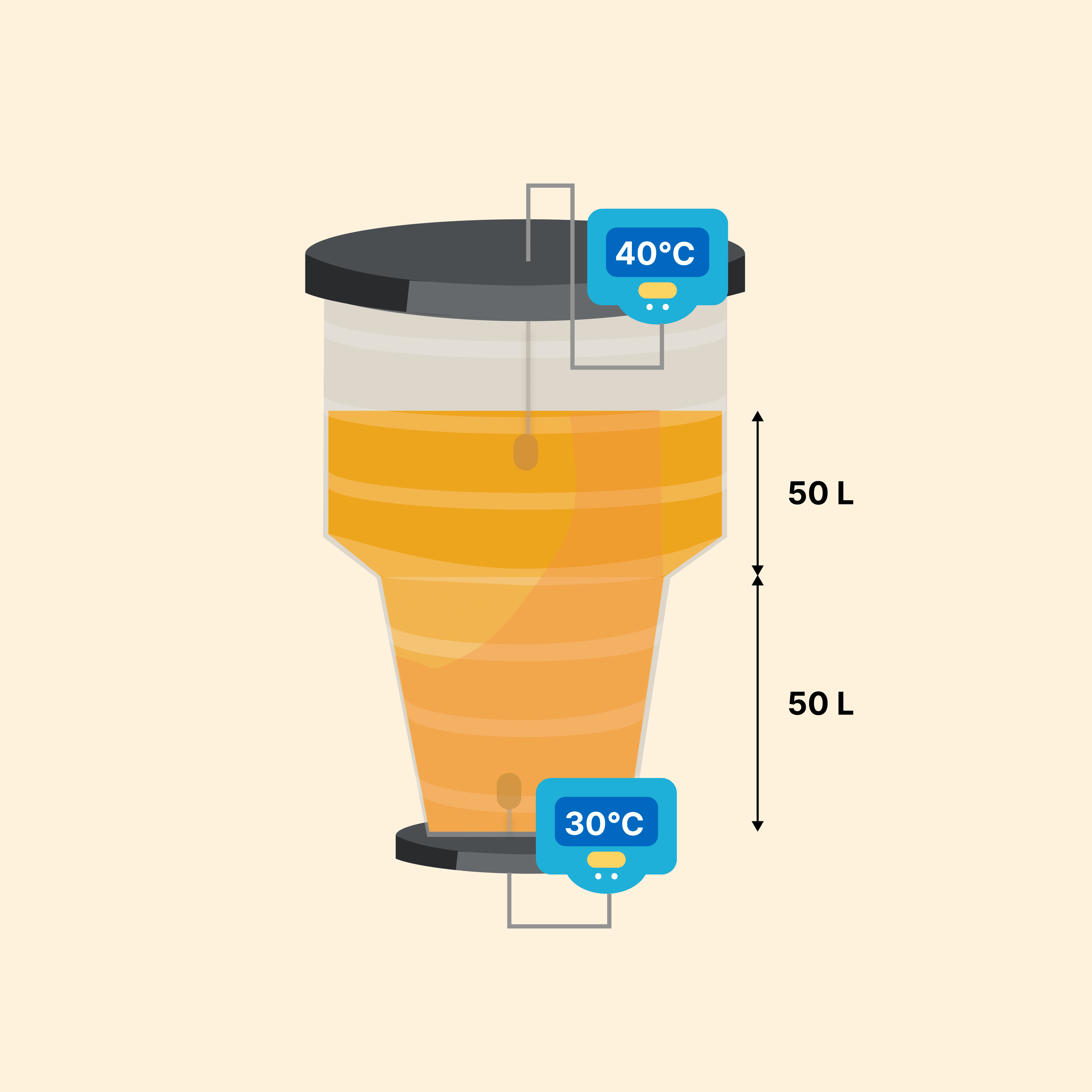
IBC Quiz #181
November 28, 2025
Your company is running a stress test on two newly developed quartz analog watches:
- Watch A – Premium model with TCXO (Temperature-Compensated Crystal Oscillator).
- Watch B – Basic model without TCXO (Temperature-Compensated Crystal Oscillator).
A quartz watch keeps time using a 32,768 Hz quartz crystal oscillator.
The circuit counts these vibrations and produces a precise one-second pulse that drives the stepper motor controlling the watch hands.
The TCXO in Watch A uses a thermistor and compensation logic to correct frequency drift caused by temperature changes.
Both watches are placed beside a reference time-standard watch (with perfect accuracy) and were started simultaneously at 12:00 Noon.
Environmental Test Conditions
Because Watch B has no TCXO, its drift varies with temperature. Measurements show the following:
Watch B Temperature-Dependent Drift Profile
- 12:00 Noon – 2:00 PM (2 hour), Temperature: 35°C, Drift: +18,000 ppm
- 2:00 PM – 4:00 PM (2 hour), Temperature: 25°C, Drift: +16,000 ppm
- 4:00 PM – 5:00 PM (1 hour), Temperature: 32°C
Drift: +24,000 ppm
PPM (Parts Per Million) measures the frequency drift of a quartz oscillator and shows how many parts of error occur for every million oscillations, reflecting the accuracy of the timekeeping.
Assume Watch A normally maintains 0 ppm drift as long as the TCXO is functioning correctly.
Impact Event - Watch A Falls
At 3:00 PM, during the test, a technician accidentally knocks Watch A off the table.
After the fall, the watch begins to show abnormal frequency behaviour.
A post-impact measurement shows that from 3:00 PM to 5:00 PM, Watch A develops a constant drift of:
+5,000 ppm (due to mechanical stress on the quartz crystal)
Before 3:00 PM, Watch A operates with 0 ppm drift.
Drift Calculation Formula
To calculate the drift in each segment, use: Time gained = ppm*seconds per hour/1,000,000
Question
At 5:00 PM on the reference watch, the times shown on Watch A and Watch B are checked.
Which of the following options correctly shows how much each watch is ahead of the reference?





Your company is testing a newly developed quartz analog watch.
A quartz watch keeps time using a battery-powered 32,768 Hz quartz crystal oscillator. The circuit counts these vibrations and produces a precise one-second pulse that drives the stepper motor controlling the watch hands.
During prototype development the engineers left out a TCXO (Temperature-Compensated Crystal Oscillator), that uses a thermistor and compensation logic to correct frequency drift caused by temperature changes.
Without the TCXO, the crystal’s frequency now shifts with temperature, causing the watch to run slightly fast or slow depending on the environment.
During lab testing the following temperature-dependent drift values were recorded:
Temperature-Dependent Drift Profile (TCXO Missing)
- 12:00 Noon – 2:00 PM (2 hour), Temperature: 35°C, Drift: +20,000 ppm
- 2:00 PM – 4:00 PM (2 hour), Temperature: 25°C, Drift: +16,000 ppm
- 4:00 PM – 5:00 PM (1 hour), Temperature: 32°C, Drift: +18,000 ppm
PPM (Parts Per Million) measures the frequency drift of a quartz oscillator and shows how many parts of error occur for every million oscillations, reflecting the accuracy of the timekeeping.
A reference time standard watch with perfect accuracy is placed beside it. Both watches start at exactly 12:00 Noon.
To calculate the drift in each segment, use:
Time Gained = ppm*seconds per hour/1,000,000
Question
Which of the following images correctly shows the watch times at the end of the 5-hour test?




